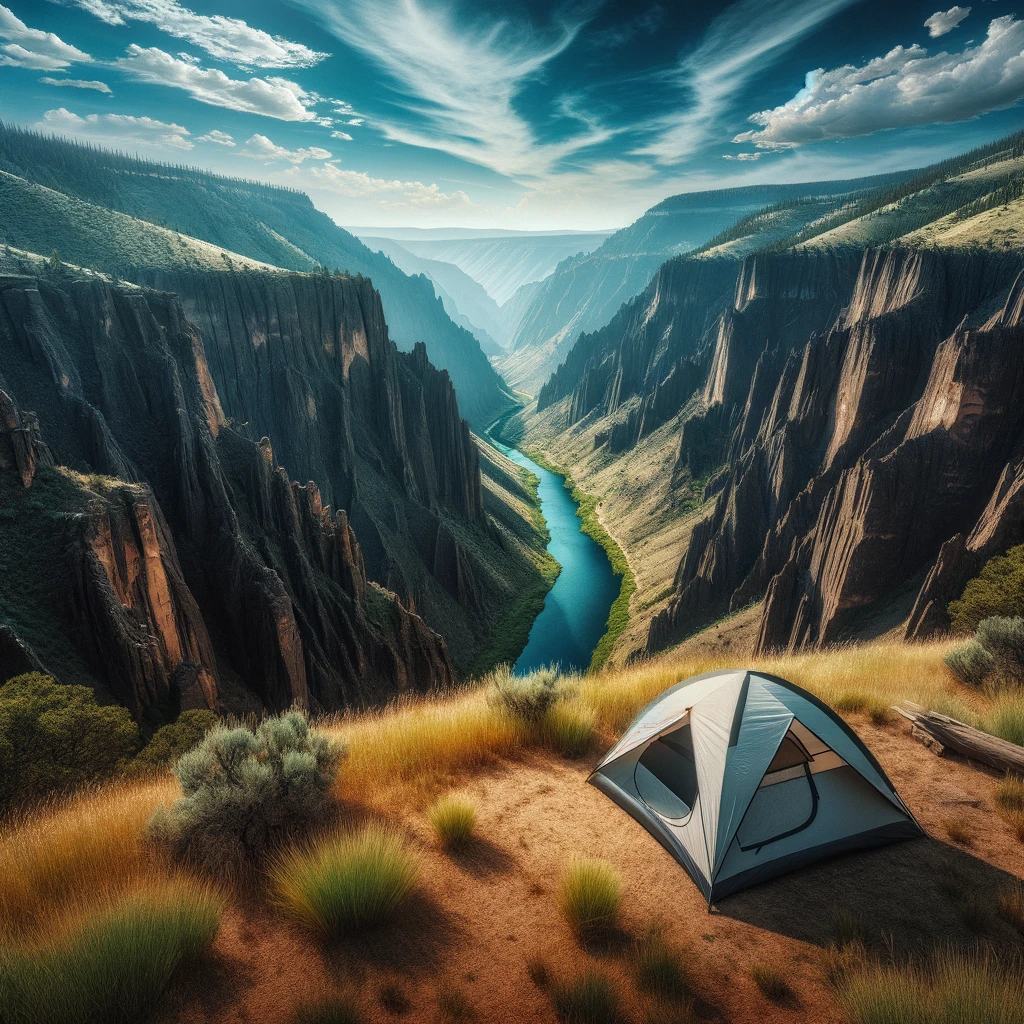Summer camping offers a unique opportunity to connect with nature. Still, the sweltering heat can quickly turn an enjoyable experience into an uncomfortable ordeal. Staying cool isn’t just about comfort; it’s crucial for the safety and overall enjoyment of your outdoor adventure. This comprehensive guide will explore advanced cooling strategies to help you make the most of your summer camping trips.
Campsite Selection and Setup
Choosing the right location for your campsite can significantly impact your comfort level during hot summer days. When selecting your spot, consider factors such as shade, proximity to water sources, and elevation. Natural features like tree cover and rock formations can provide valuable protection from the sun’s intense rays.
Optimizing Tent Placement
Once you’ve chosen your campsite, proper tent placement is critical to maintaining a cooler environment. Orient your tent to maximize airflow, taking advantage of prevailing winds. Consider using reflective sunshades or tarps above your tent to deflect heat. These can be strategically placed to create additional shaded areas around your campsite, providing cool spots for relaxation during the hottest parts of the day.
Advanced Tent Cooling Techniques
Maximizing Ventilation
Selecting a tent with good ventilation features is crucial for summer camping. Look for models with large mesh panels and multiple doors. You can further enhance airflow by creatively using guy lines to prop open rain flies and doors. This creates a chimney effect, allowing hot air to escape and cooler air to circulate.
Innovative Cooling Systems
For a more advanced approach, consider implementing DIY evaporative cooling methods. A simple technique involves hanging damp towels inside or near the tent openings. As the water evaporates, it cools the surrounding air. Portable cooling options like battery-powered fans or misting systems can also provide significant relief from the heat.
Nighttime Strategies
Cooling your sleeping area is essential for a good night’s rest. Consider alternatives to traditional sleeping bags, such as lightweight sheets or sleeping bag liners. Hammocks can also be an excellent option, allowing for better air circulation around your body.
Personal Cooling Methods
Clothing and Gear
Invest in clothing made from high-tech cooling fabrics designed to wick moisture and regulate body temperature. Some innovative wearable cooling devices, such as neck wraps or vests with cooling inserts, can provide targeted relief.
Hydration and Nutrition
Staying adequately hydrated is crucial when camping in summer conditions. Advanced hydration strategies include maintaining electrolyte balance and timing your water intake. Additionally, certain foods can help regulate body temperature. Opt for light, water-rich fruits and vegetables, and avoid heavy, protein-rich meals that can increase body heat.
Activity Planning
Plan your activities to avoid the peak heat of the day. Early mornings and late afternoons are ideal for hikes or other strenuous activities. Incorporate water-based activities like swimming or kayaking for natural cooling opportunities.
Environmental Considerations
Sustainable Cooling Practices
Environmental responsibility requires that we consider the ecological impact of our cooling methods. Opt for eco-friendly alternatives to energy-intensive cooling devices. Solar-powered options for fans or chargers can be a sustainable choice for longer trips.
Adapting to Different Climates
Different summer environments require unique cooling strategies. Desert camping calls for extra attention to shade and water conservation, while humid forest environments might benefit more from increased ventilation and moisture-wicking gear. Understanding and preparing for microclimates within your camping area can help you adapt your cooling strategies as needed.
Technology and Gadgets
Cutting-Edge Cooling Equipment
The camping gear market continually evolves, offering new solutions for staying cool. From advanced portable air conditioners to innovative cooling sleeping pads, these technologies can significantly enhance your comfort in hot conditions.
Smart Camping and Weather Prediction
Utilize weather apps and devices to stay informed about heat patterns and potential weather challenges during your summer camping trip. This information can help you better prepare and adjust your cooling strategies as needed.
Health and Safety
Recognizing the signs of heat-related illnesses is crucial for a safe camping experience. Familiarize yourself with symptoms of heat exhaustion and heatstroke, and be prepared with appropriate first aid techniques. Special considerations should be made for children, elderly campers, and pets, as they may be more susceptible to heat-related issues.
Conclusion
Staying cool during summer camping trips requires preparation, innovation, and adaptability. By implementing these advanced cooling strategies and packing the right summer camping essentials, you can ensure a comfortable and enjoyable outdoor experience, even in the hottest conditions. Remember, the key to successful summer camping is to stay cool, hydrated, and, most importantly, safe while enjoying the great outdoors.

Leave a Reply